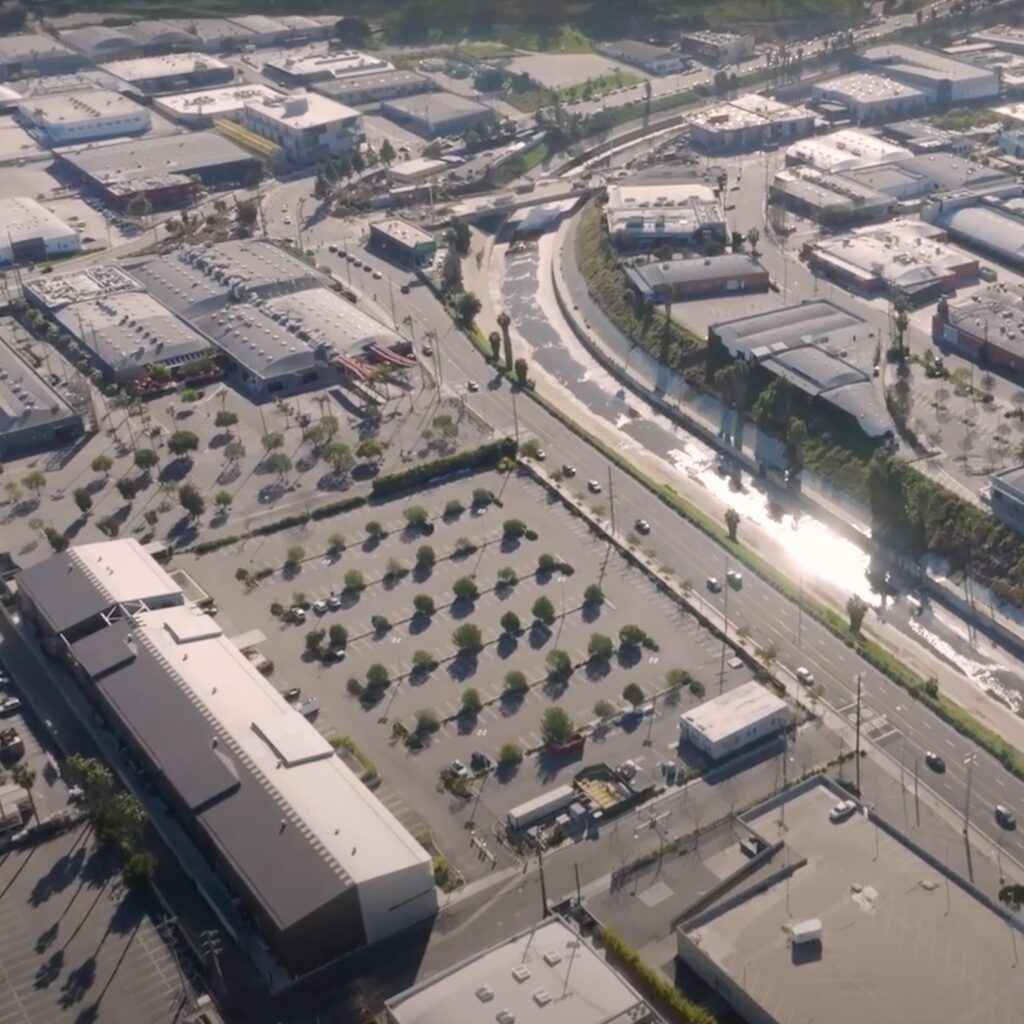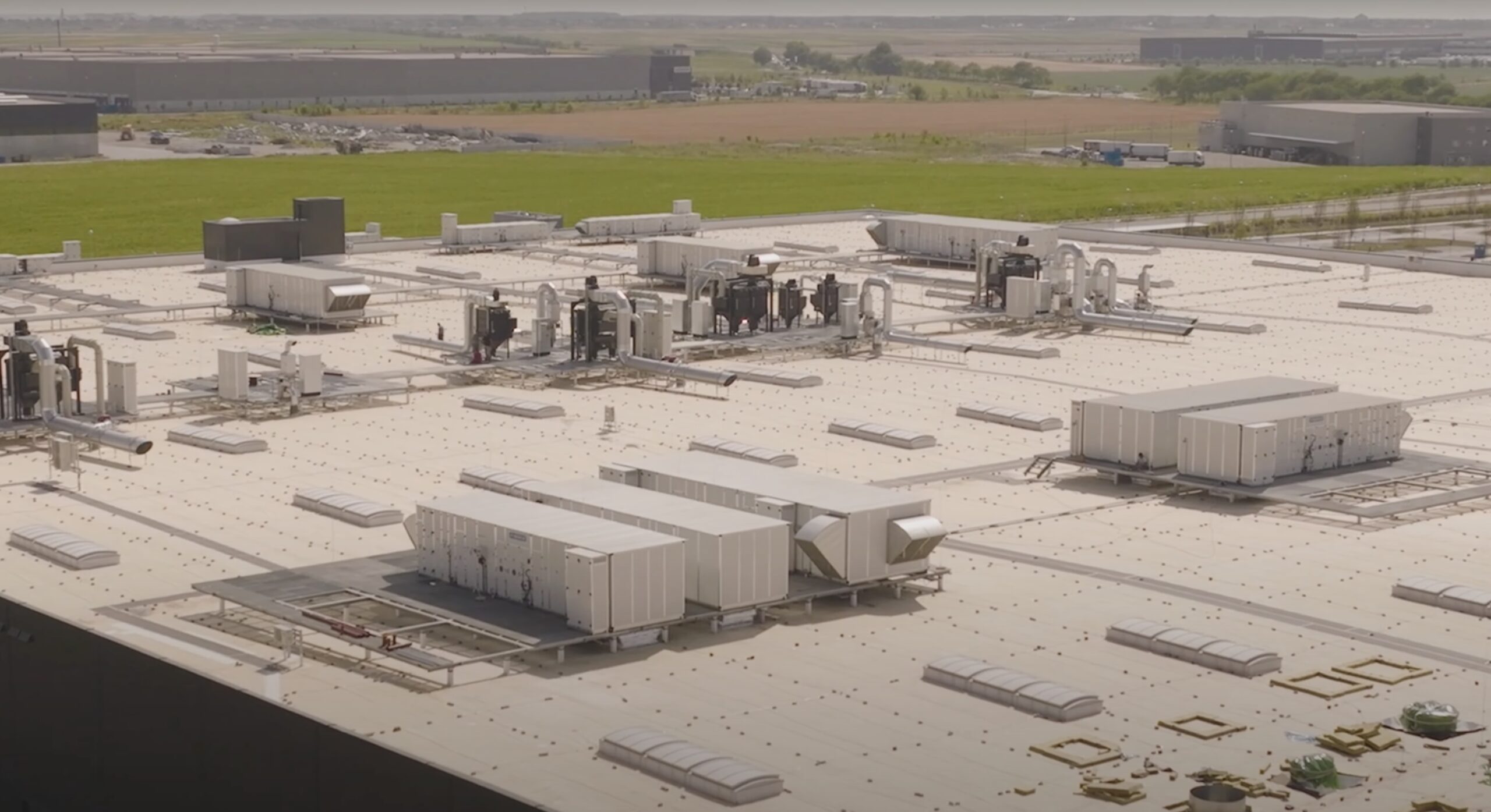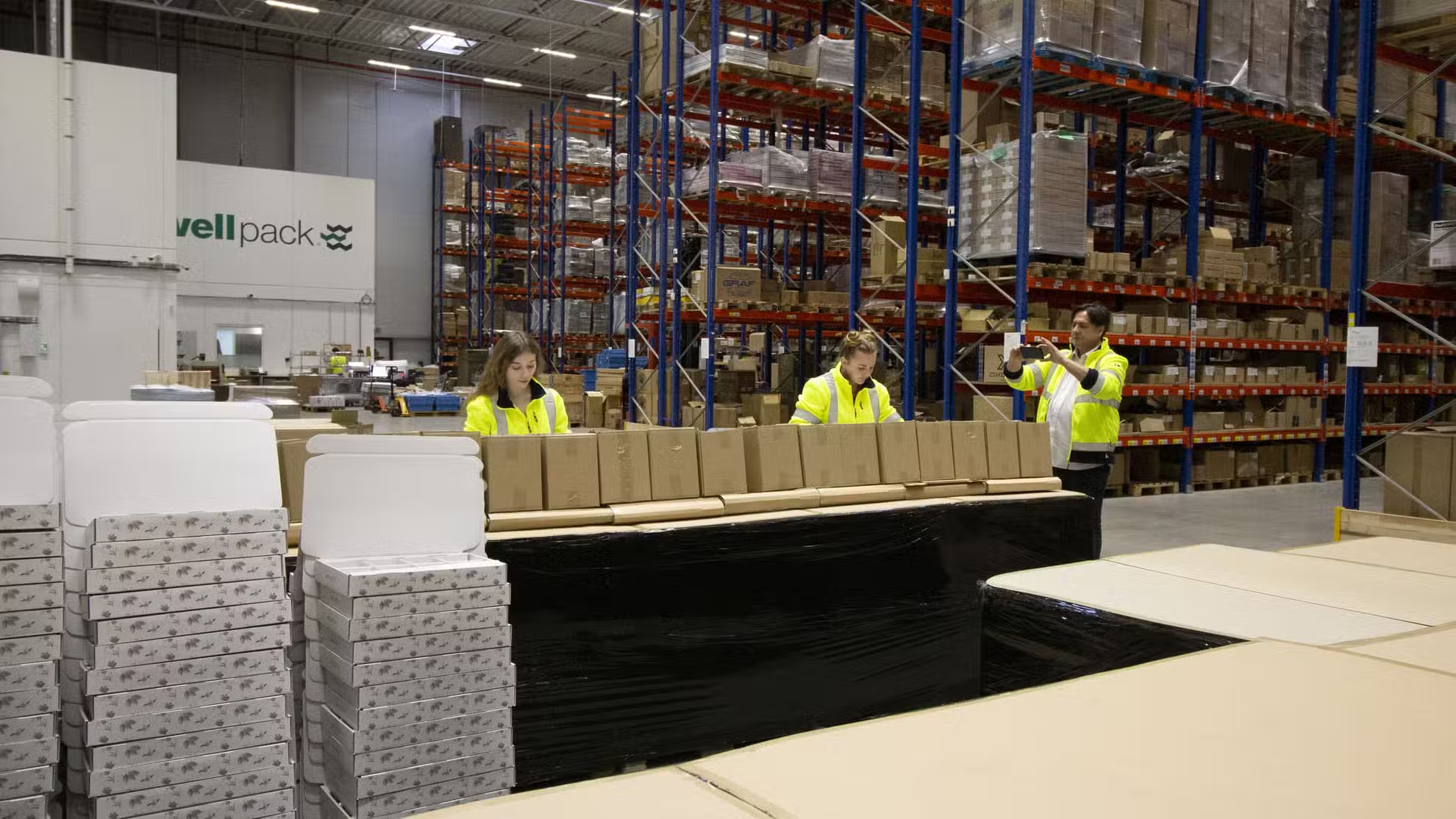The invisible network that powers urban life
In the evolving framework of urban ecosystems, logistics and storage are the backbone that keeps cities humming, yet they’re often overlooked in traditional planning. At UBRIS, our expertise in business strategy, urbanism, and marketing drives a vision where warehouses are not distant, sprawling relics but integrated, subterranean hubs within the 2-Minute City. By leveraging underground spaces, we optimize land use, streamline operations, and create compelling value propositions for developers, retailers, and residents—redefining logistics as a silent enabler of vibrant, sustainable communities.

What we observed
Current urban logistics systems are misaligned with modern needs, creating inefficiencies that ripple across cities:
-
Remote locations: Warehouses sit far outside urban cores, disconnected from residential, work, and retail zones, driving up traffic and emissions.
-
Inefficient deliveries: Long distances lead to delayed packages, reliance on heavy vehicles, and inconvenient delivery windows that disrupt daily life.
-
Lack of storage: Residential buildings rarely offer dedicated storage for residents, businesses, or couriers, forcing reliance on cluttered personal spaces or external rentals.
-
Street congestion: Courier vans choke urban streets, adding noise and delays while failing to meet rising e-commerce demands.
-
Underutilized potential: Developers overlook underground levels for logistics due to cost concerns or lack of foresight, missing opportunities to enhance urban flow.
From a business perspective, this inefficiency inflates operational costs and erodes customer satisfaction. Urbanistically, it exacerbates environmental strain and weakens community cohesion. Marketing-wise, it fails to capitalize on the growing demand for seamless, eco-conscious urban solutions.
What we propose
Our 2-Minute City integrates logistics and storage into the underground layers of multifunctional blocks, transforming warehouses into invisible engines of urban efficiency:
-
Subterranean hubs: Utilize levels -1 and -2 for up to 25,000 m² of logistics space per block, designed for function without consuming valuable surface land.
-
Multi-purpose storage: Serve diverse needs—smart lockers for residents, supply and archive space for offices, restocking for local businesses, and real-time delivery for retailers.
-
Silent operations: Enable electric, bike, or scooter-based last-meter deliveries, minimizing noise and congestion while maximizing speed.
-
Smart infrastructure: Equip spaces with mobile shelving, robotic arms, conveyor systems, and sensor-based climate control to optimize flow without disrupting surface life.
This approach unlocks new revenue streams for developers through leaseable storage, enhances retailer efficiency, and markets the development as a cutting-edge, resident-centric ecosystem that aligns with sustainability trends.
How it changes life
By embedding logistics underground, we streamline daily experiences and enhance urban harmony:
-
Instant access: Retrieve packages from smart lockers in your building, eliminating all-day delivery waits.
-
Eco-friendly deliveries: Silent, electric couriers on scooters or bikes replace noisy vans, reducing urban clutter.
-
Local opportunities: Residents or students can earn income as last-meter couriers via app-based platforms, fostering micro-entrepreneurship.
-
Cleaner cities: Reduced vehicle traffic lowers emissions and noise, creating a more livable urban environment.
-
Decluttered living: Dedicated storage frees balconies and homes, enhancing resident quality of life.
These changes elevate convenience and sustainability, positioning the 2-Minute City as a premium offering that drives resident satisfaction and long-term property value.
Why it matters
The underground is the unsung hero of urban vitality—design it right, and the surface thrives. Logistics isn’t just about storage; it’s about enabling seamless community flow. From a business lens, this maximizes land value and operational efficiency; urbanistically, it reduces environmental impact; marketing-wise, it crafts a narrative of innovation and care, appealing to eco-conscious consumers and investors.
Technology & automation
Our underground logistics hubs are powered by:
-
Mobile shelving systems: Flexible, space-efficient storage that adapts to demand.
-
Robotic arms and conveyors: Automate sorting and movement for speed and precision.
-
Sensor-based controls: Optimize climate and access, ensuring efficiency without human overload.
Automation doesn’t replace people—it supports them, working quietly to free time and space for what matters most above ground.
Business & urban value
-
Developer gains: Unlock subterranean real estate for lease or sale, maximizing land use and ROI.
-
Retailer efficiency: Enable faster, localized fulfillment, reducing in-store stock needs and operational costs.
-
Resident benefits: Provide practical storage solutions, eliminating reliance on external rentals or cluttered homes.
-
Office optimization: Streamline supply and archive management, cutting operational overhead.
-
City-wide impact: Reduce traffic, noise, and emissions, aligning with sustainable urban goals and enhancing livability.




